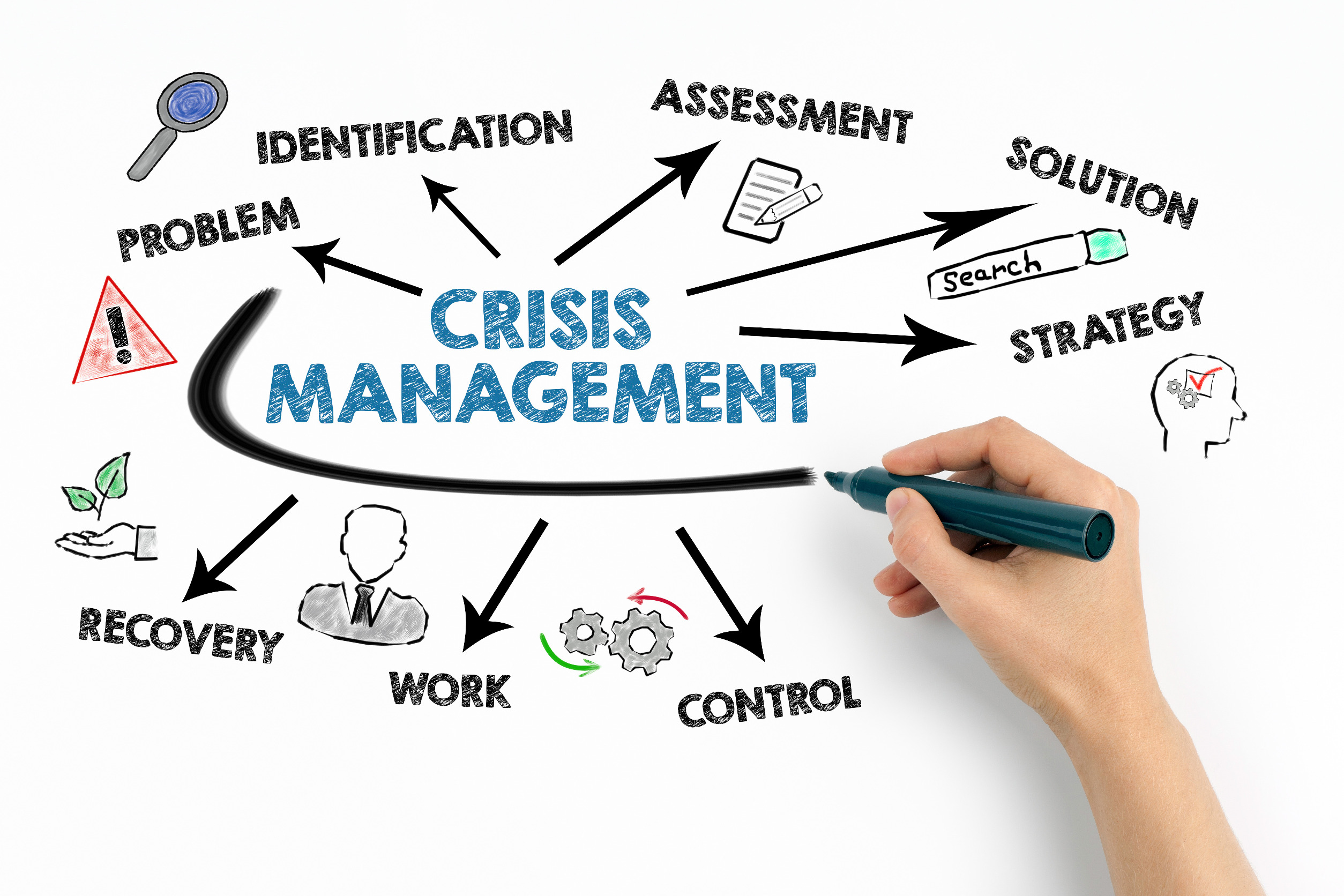As change practitioners, we are not typically the ones making the big decisions. However, we are often in a position to inform those decisions. And, those of us who serve in advisory roles (whether internal or external) are often able to shape how those decisions are made.
In “How to Make a Big Decision,” (New York Times, Sept. 1, 2018), Steven Johnson notes that most often such decisions are made through a “pro” and “con” analysis. This is a tool that we as change practitioners add to our tool kits early in our careers. While we may hone our application of it over time, it tends to be the go-to whenever we are in the position of advising sponsors on a decision they have to make.
The author provides strong evidence that in sticking with this singular approach we are not serving our leaders well. Johnson cites Paul Nutt and others whose research “demonstrated a strong correlation between the number of alternatives deliberated and the ultimate success of the decision itself.” The success rate cited in the article is 50% for those situations in which only one option was considered and success two-thirds of the time when two or more options were on the table.
Johnson identifies important steps for expanding the number and quality of options for consideration. While his focus is on “the group of people helping make the decision,” the same approach can be taken if you are generating options for your organizational leaders to consider. First, “diversify the group of people where are helping to make the decision” or to generate the options. A more diverse group takes longer to make decisions; they are also more inquisitive, more reflective, and ultimately more engaged.
The next step in the process proposed by Johnson is to apply “scenario planning.” For each option that has been agreed upon, “(Imagine) three different future environments… Concoct one story where things get better, one where they get worse, and one where they get weird.” A variation on this approach, developed by psychologist Gary Klein, is conducting a “pre-mortem” on the options. This allows a thoughtful analysis of the potential flaws. “It isn’t enough to simply ask yourself, ‘Are there any flaws here in this plan that I’m missing?’ By forcing yourself to imagine scenarios where the decision turned out to be a disastrous one, you can think your way around those blind spots and that false sense of confidence.”
At this point, the course forward may be clear to you as a change practitioner, or clear to the leaders you have supported in the process. If not, the author recommends one additional step, applying weighted values to each of the scenarios that have been developed.
Clearly, this is a resource intensive approach to decision-making. But when the decisions are big, it allows us—and the leaders we support—“to discover new paths and outcomes that had not been visible to us when we first started wrestling with the decision. It is the nature of complex decisions that they are all unique constellations of variables. These new tools simply help us see each constellation more clearly, from fresh angles.” In doing so, they help us to contribute significantly to the likely success of the change, and of the leaders that we support.

























